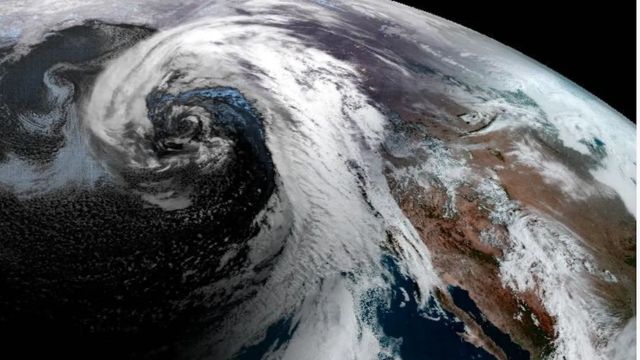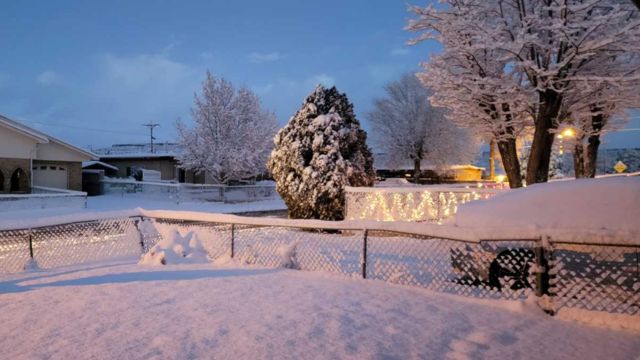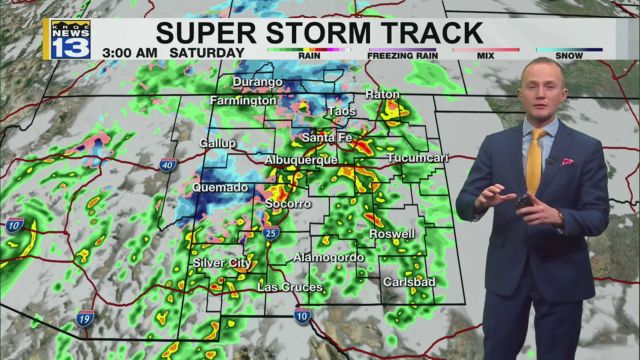Nine states were covered by interstate weather advisories as a storm moved across the western United States.
On Sunday, an atmospheric river made landfall on the West Coast, unleashing torrential rain, snow, and strong winds. The storm came after a similar system that flooded California with an abundance of rain last week, saturating the ground and making the second system more likely to occur. There was in fact catastrophic floods, especially in Los Angeles County.
Weather Service (NWS) issued weather advisories for nine states ahead of the storm’s arrival, while National Oceanic and Atmospheric Administration (NOAA) satellites photographed the atmospheric river menacingly sweeping across the U.S.
“Long, narrow region in the atmosphere—like rivers in the sky—that transport most of the water vapor outside of the tropics” is how NOAA describes atmospheric rivers.
The storm was seen circling over almost the whole western United States, from the border with Mexico north to the Canadian border in Montana, according to satellite images that accompanied the report.
According to meteorologist and forecaster Ashton Robinson Cook of the NWS Weather Prediction Center, who spoke with Newsweek, the atmospheric river is a component of a larger storm system that is now heading inland. According to Robinson Cook, parts of the system’s center is still over western California, which is why there is still some persistently high rain in the state’s southwest.
“Eventually, this system will slide into the interior western U.S. and is a big part of the reason for the snow to pick up, especially in the higher territory of Arizona northward through Wyoming,” Robinson Cook stated.
Winter weather warnings were issued for California, Nevada, Arizona, Utah, New Mexico, Colorado, Idaho, Wyoming, and Montana as the storm moved in. One of the storm’s effects was that all nine states were at risk of receiving a lot of snow.
The NWS issued a warning that the deep snow would make travel challenging, if not impossible, in certain places.
“The morning or evening commute could be affected by the hazardous conditions,” the NWS office in Pocatello, Idaho, issued a warning. “If you must travel, keep an extra flashlight, food, and water in your vehicle in case of an emergency.”
According to Robinson Cook, the system will pass through the Intermountain West for a few days before entering the central United States.




